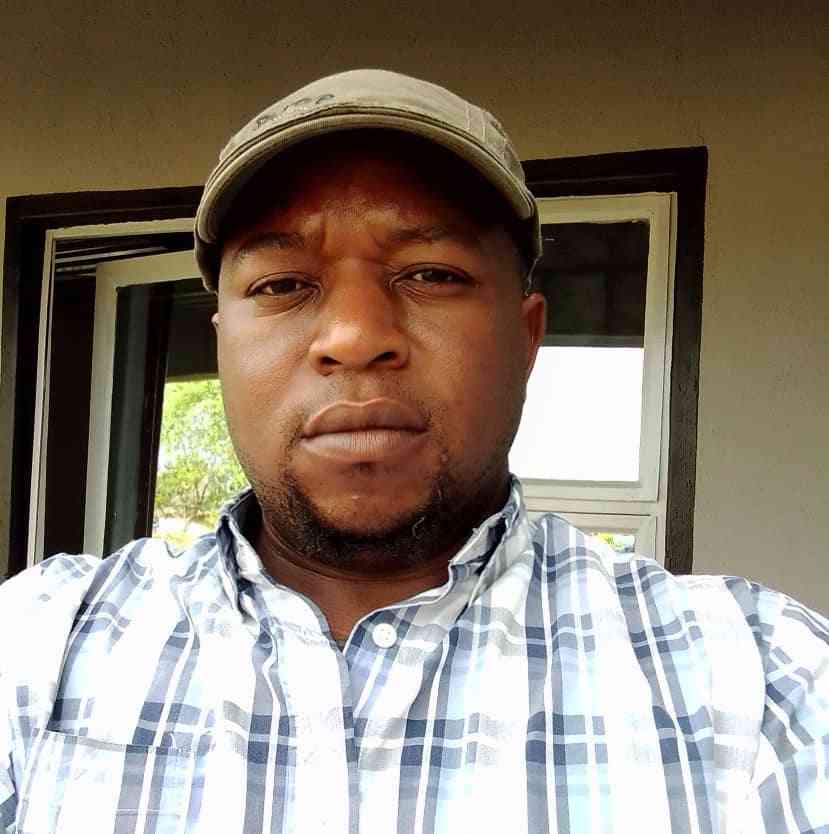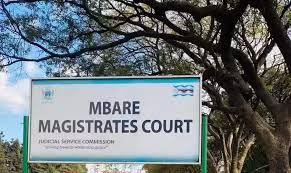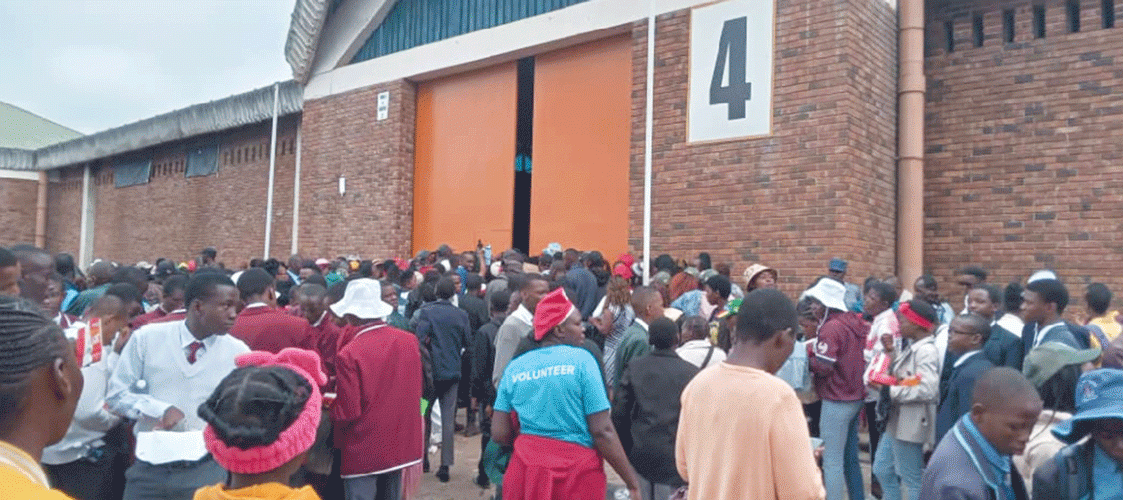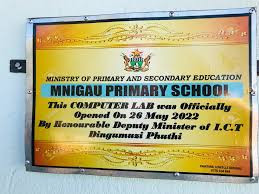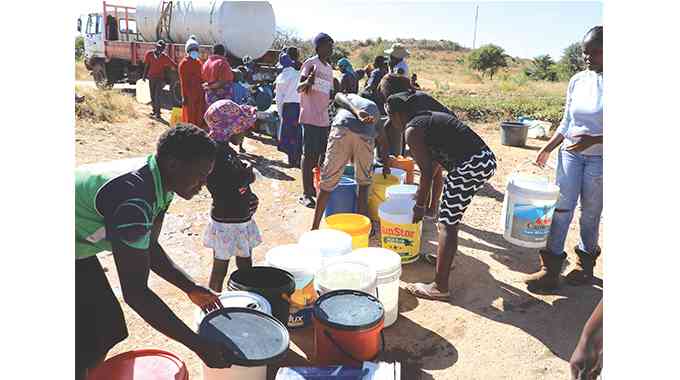
BULAWAYO City Council (BCC) says a deadly mix of challenges such as system failures among others were crippling its capacity to quench the thirst of residents who are going for several days without water.
The revelations were made by BCC acting director of Engineering Sikhumbuzo Ncube in a presentation during an urgent Water Crisis Committee meeting on Monday.
Ncube said council was battling systems failures, breakdowns of pumps and electrical equipment, water pipe bursts while rolling power outages as well as the poor performance of the economy were another headache.
"On bulk delivery conveyance bottle necks-BCC cannot abstract maximum from the dams due to pipeline infrastructure constraints at Insiza, Inyankuni and Mtshabezi Dams," Ncube said.
"Perennial droughts (resulting in constantly declining dam levels each year) and floods (now rarely), and there is lack of drought resilient infrastructure to avert such catastrophes.
“Economic challenges – Spares are not readily available locally to cater for emergencies and if available are sold in USD or cash on delivery basis."
On the water supply strategies, Ncube said they were using water bowsers as well as implementing other short to medium term interventions.
He said the council has embarked on the rehabilitation of 100 – 150 boreholes.
- Bulawayo struggles to clear housing backlog
- Bulawayo struggles to clear housing backlog
- Egodini developer changes tune
- Outcry over city’s new rates, tariffs
Keep Reading
“The disinfection and repair work of existing Water Kiosks is set to begin this week in preparation for decanting in order to improve water accessibility,” he said.
“Re-activation of the Water Crisis Committee and joint mobilisation of resources is being done to improve water and sanitation in the most affected areas.”
He added that refurbishment of the existing Insiza pipeline to improve hydraulic conveyance capacity at an estimated cost of US$400 000, was set to improve raw water output from 55megalitres to 60 ML.
“Refurbishment of the Umzingwane Booster station and power supply facilities, linking with an upgraded Mtshabezi Pipe set to Improve raw water output from 17ML to 25ML at an estimated cost of US$1.5 Million,” Ncube said.
“Upgrading of the Inyankuni Pipeline and Booster station is set to increase output from 18MLD with an additional 7MLD at a cost of US$500 000."
Bulawayo, which lies in the arid southern Matabeleland region, is facing serious water shortages with residents sometimes going for more than a week without supplies.
At one time, then Bulawayo mayor Thaba Moyo had to desperately suggest that trains be hired to ferry water from the Zambezi River.
Government once touted the idea of pumping water from the heavily polluted Khami amid strong reservations from residents and city authorities who fear the move could compromise the quality of water in the city.
Khami dam was decommissioned in 1998 because of high levels of sewage and industrial waste. The last dam to be built to support Bulawayo was completed in the 1970s.
The Matabeleland Zambezi Water Project (MZWP), a 1912 idea, is touted as the permanent solution to perennial water shortages facing Bulawayo and Matabeleland.
If completed, the project would bring relief to Bulawayo and the Matabeleland region where perennial water problems have been partly blamed for de-industrialisation.

